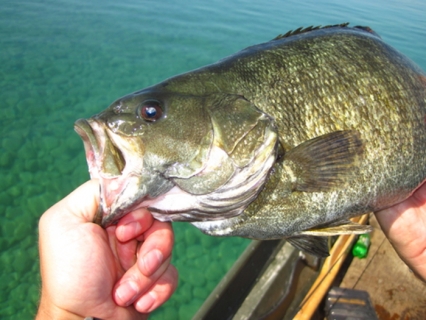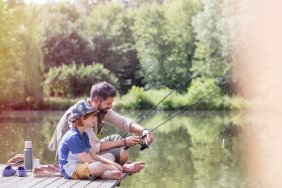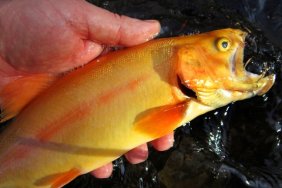Walleye are among the best tasting freshwater fish you’ll catch. One of the most popular methods for bringing these deep water beauties to the boat is trolling.
It takes more than a boat and some tackle to successfully troll walleye, though, and today we’ve got three tips to help you stay ahead of the curve.
RELATED: 4 Top Lures for Catching Walleye
Tie On the Right Baits for the Job
Choosing the right bait for trolling is the first step in the process. When considering which baits to use, think about the main forage in the lake you’re fishing, which will help you determine the lure style you should start with. Typically with walleye, though, it’s a safe bet to start with shad and minnow imitators.
In the shad-style baits, I like Berkley’s Flicker Shad, especially when the fish are actively feeding on shad, perch or crappie. Bonus Tip: The size of the forage in a given lake tends to be smaller earlier in the year, so go with a smaller lure if you’re fishing during this period.
RELATED: 4 Night Fishing Tips for Walleye
Find the Feeding Depth
Running the right lures is just one piece of the walleye trolling puzzle; you also have to put those baits at the right depth for them to attract fish. Using your electronics, your first instinct might be to run your lures right at the depth where you’re marking fish, but there’s a good chance you won’t get bites doing that.
Walleye typically feed “up,” meaning their feeding depth is actually above where you’re marking them. Because of this, running your lures roughly five feet above them will lead to more strikes. When fish are hanging close to the bottom, though, sticking close to structure, you’ll have better luck running lures right in front of their faces.
Get to Know Your Running Depths
Knowing exactly how deep your lures run is one of the most important keys to being successful at trolling, especially walleyes. Most lures, especially those made for trolling—Rapala’s Trolls-To series, for example—will indicate their trolling depth on the package.
I’ve also written on my crankbait box and on stickers to indicate each lure’s depth. To each his own, right? Bonus Tip: You can download the Precision Trolling Data App, available for both Android and iPhone formats, to have information on the trolling depths of a multitude of lures.
Photo credit: Wikimedia
Fish gallery
-
Fishing Files

-
Striped Bass
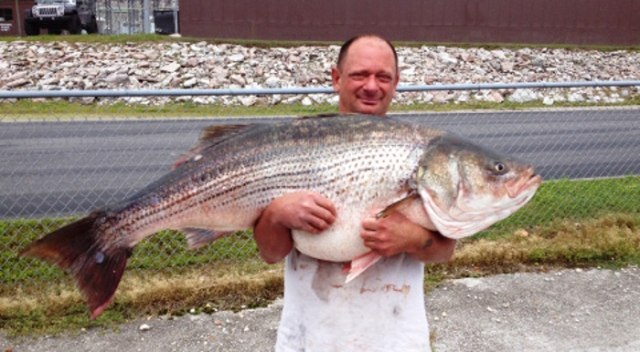
-
Fishing Files

-
Smallmouth Bass

-
Fishing Files
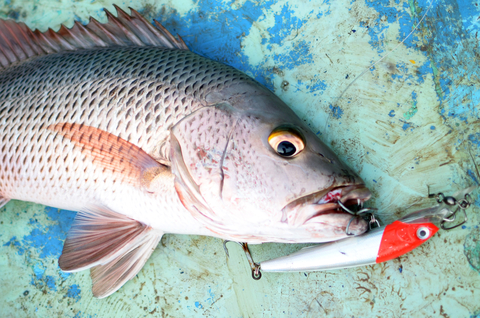
-
Fishing Files

-
Largemouth Bass

-
Fish fail in Russia

-
Bait fish

-
Fishing the weeds

-
Fishing Waders

-
Old Man Fishing
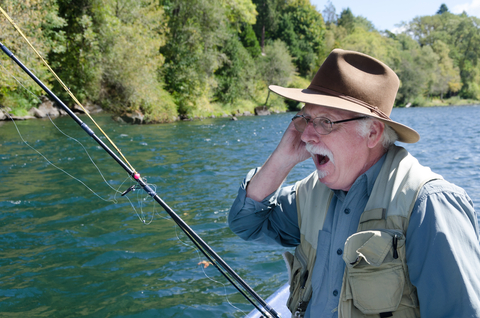
-
Fishing
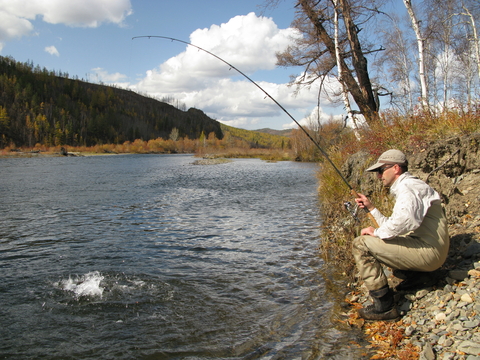
-
City Fishing

-
Fishing the cold

-
Fishing sunset

-
Bank fishing

-
Day glow fishing boat
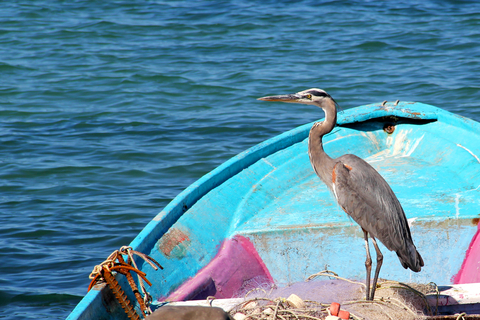
-
Fishing Pro

-
Fishing

-
Fly fishing

-
Fishing Files

-
Fishing Files
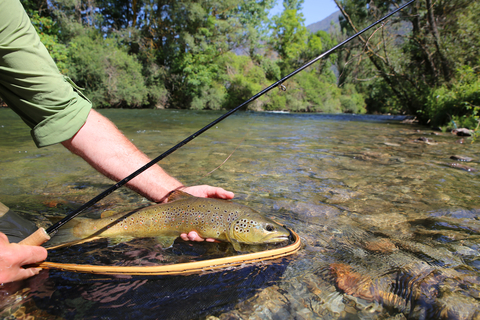
-
Fly reel

-
Gar Fish

-
Golden Trout
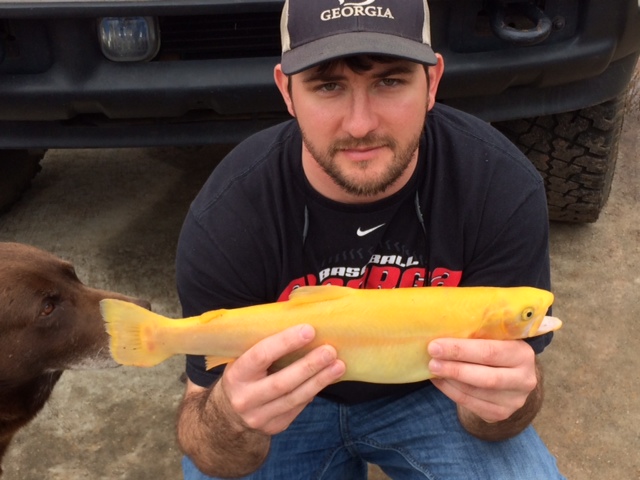
-
Ice Auger

-
Ice Fishing

-
Halibut

-
Bass Fish

-
Lobster Dog

-
Marlin Fishing
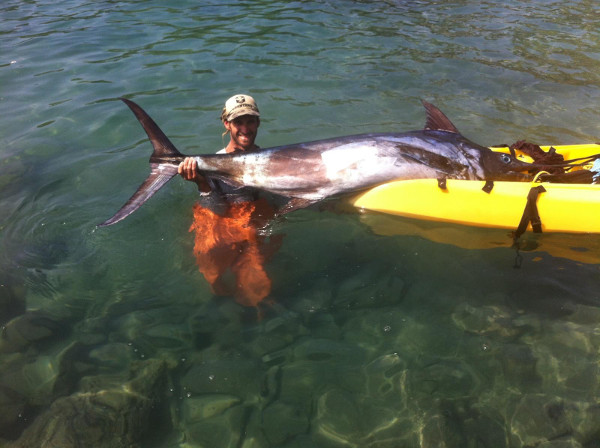
-
Muskie

-
Fishing Files

-
Nymph

-
Oarfish

-
Obama Fishing

-
Panfish

-
Pelican

-
Fishing Files

-
Fishing Files

-
Fishing Files

-
Fishing Files

-
Fishing Files

-
Fishing Files

-
Fishing Files

-
Fishing Files

-
Fishing Files

-
Snakehead
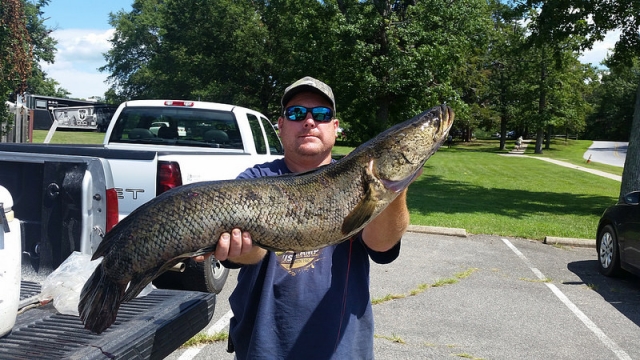
-
Spinner Shark

-
Spotted Bass

-
Striped Bass

-
Sturgeon

-
Fishing Files

-
Trout Fishing

-
Fishing Files

-
Fishing Files

-
Fishing Files

-
Fishing Files

-
Northern Pike

-
School of Karanteen

-
Walleye

-
Goliath Grouper

-
Barracuda

-
European Chub

-
Drum Fish

-
Grouper

-
Blue Catfish

-
Catfish

-
Star Puffer Fish

-
Napoleon Fish

-
Smoked Trout
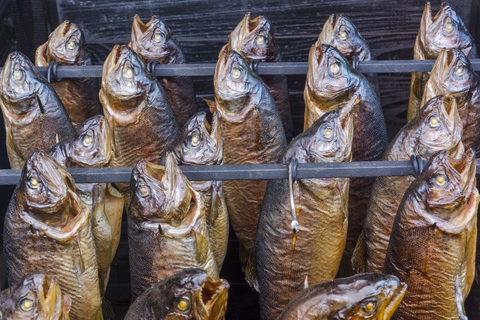
-
Perch
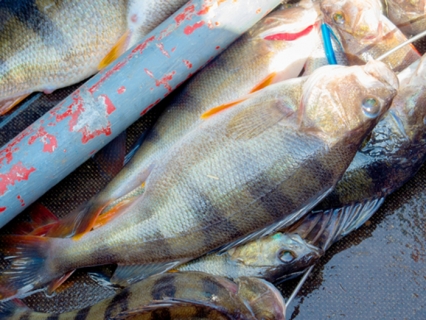
-
Smallmouth Bass
